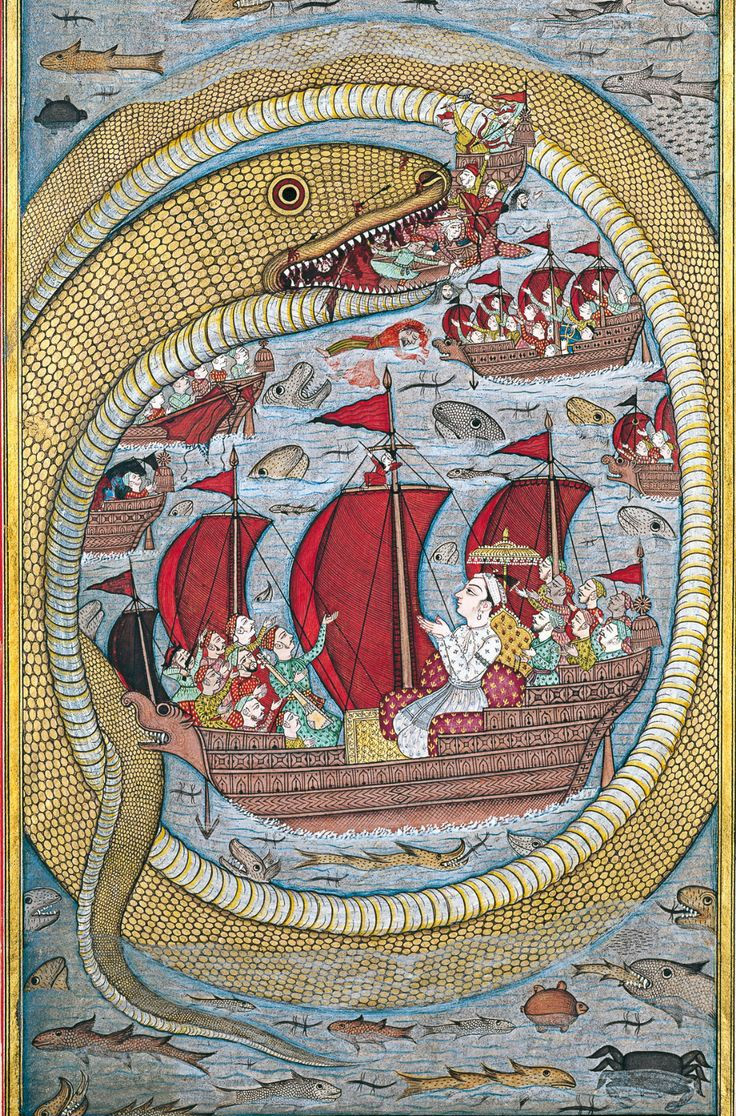1827
1829
1830
1831
1832
1833
1834
Fashion of the Late Postclassic Mayab/Maya Lowlands (Yucatan Peninsula and the Peten) - c. 1250-1521 AD.
Artwork Credit: Kamazotz - Mesoamerican Artist, deviantart.com/kamazotz.
1835
Pendant, eagle with lion’s head. Medium: gold, lapis lazuli, copper. Dimensions: 12.8 cm high, 11.9 cm wide. Excavated at the Palace of Mari, Eastern Syria.Date: Early Dynastic Period IIIb, ca. 2500 B.C. Collection: National Museum of Syria, Damascus.
1836
1837
1838
Roman fresco recovered at Arles, France. Photo Credit/ Read More: archaeology.org/issues/207-160…
1839
1840
1842
1843
1844
1845
1846
1847
1848
1849




























